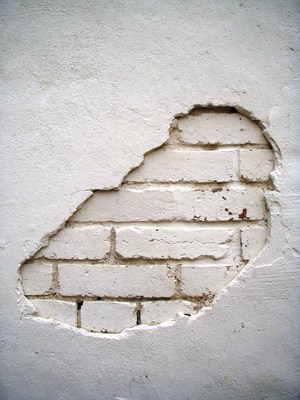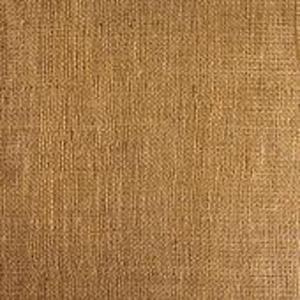Learning how to patch a plaster ceiling can help you preserve the value and appearance of your home with just a little bit of DIY effort. Unlike the complex task of re-plastering a damaged plaster ceiling, patching a plaster ceiling is an easy afternoon project that even a home improvement novice can master. If the majority of your plaster ceiling is in good shape, it is easy to restore your plaster ceiling to a fully pristine appearance by patching the few areas of your plaster ceiling that are showing wear or damage. Plus, by the end of the project, you’ll be able to handle wallboard like a pro! Read on to learn the facts on how to do this simple upgrade for your plaster ceiling.
Supply List
Utility Knife
Framing Square
Hammer
Masonry Chisel
Wallboard
Wallboard Screws
Drill
Fiberglass Wallboard Tape
Wallboard Compound
Paint
Texture Paint & Applicator (For Textured Ceilings)
Spare Wallboard Or Heavy Cardboard (For Texturing Practice)
Placing Your Patch Area
To patch a plaster ceiling, you need to start by removing a square or rectangle of plaster that surrounds the section of your ceiling that is damaged. However, before you actually cut into the plaster, make sure you’re choosing smart placement for your new patch. If your plaster ceiling is backed by a metallic mesh material, be sure to place your “patch” area so that it extends from one joist of the ceiling to another. Otherwise, your patch may not have adequate backing. If your plaster ceiling is backed by wood rather than by metal mesh, joists aren’t an issue; just place your patch so that when its time to attach your new wallboard, you can screw your material directly into the lath.
Prepping Your Ceiling
Use your framing square as a guide to mark and cut a straight-sided square or rectangle of plaster out of your ceiling surrounding the damage spot or stain. Place the framing square on your ceiling where you want your cut line to be, then mark the cut lines on your plaster ceiling by scoring the plaster with your utility knife. This scoring step reduces your risk of damaging the surrounding area of your ceiling when you remove the patch that you are replacing. Once you’ve scored your square or rectangle, carefully place your chisel in the indentation line, then use your hammer to carefully chisel out the damaged area, leaving behind a square or rectangular gap with clean, straight edges.
Prepping Your Wallboard
Now that you’ve got the damaged area removed from your plaster ceiling, it’s time to prep the replacement wallboard patch that will be going up in its place. Using your framing square to ensure clean, straight edges and angles, cut a patching rectangle with your utility knife out of your wallboard. For a seamless appearance when the job is completed, your wallboard should be the same thickness as the plaster section that you removed from your ceiling. However, the length and width dimensions should be slightly smaller than the area you’ll be patching. When cutting your wallboard patch, aim to leave just enough of a gap around the wallboard that you will have an easy time fitting it into place, and creating a smooth, invisible seam with wallboard compound.
Attaching Your Patch
Place your wallboard square or rectangle directly in the center of the hole in your plaster ceiling that you’ll be patching. Now, take your drill, and use it to drive wallboard screws through the wallboard and into the joists or lath behind the patch. Place your wallboard screws approximately five inches apart. This will make your patch structurally secure, so that you can move on to focusing on how to give it an invisible seam and textural match so that your new patch blends perfectly into the rest of your plaster ceiling.
Blending It In
To camouflage the edges of your wallboard patch, cover the gap around the edges of the patch with strips of fiberglass wallboard tape to create a clean bridge between your patch and the edges of the existing plaster ceiling. Now, use a few thin layers of wallboard compound to create stronger, more robust coverage across your patch and the tape. This should create a smooth finish that is completely level with the surrounding plaster ceiling. Now, it’s time to finish the job with cosmetic details. To blend your patch in with a textured plaster ceiling, use dry powder texture paint or pre-mixed latex texture paint and an appropriate applicator to replicate the effect on your wallboard, or thin your wallboard compound out and use that. If you aren’t certain how to replicate the texture of your plaster ceiling, practice a few times on spare scraps of wallboard, or even on cardboard, until you find the right brush, roller, sponge, or knife, and master the technique. Once you discover the perfect combination, be sure to make a note of it. That way, you’ll know exactly what materials you need to achieve the textured finish if you need to place another patch in your plaster ceiling in the future!




